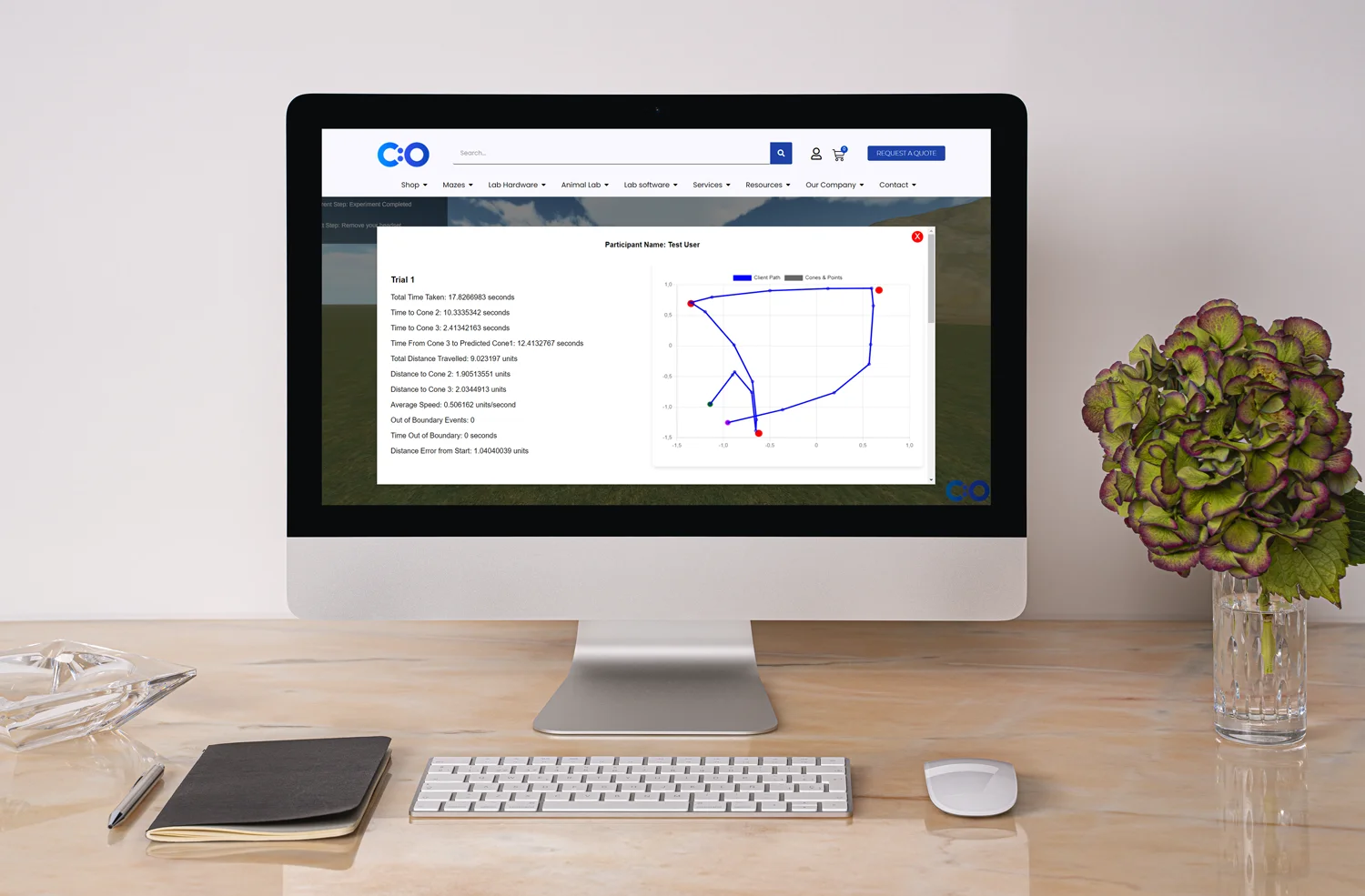

Post-traumatic stress disorder (PTSD) is a mental health condition which develops following a traumatic event of any kind or prolonged traumatic experience. [1] PTSD is one of the most prevalent mental health disorders with a lifetime prevalence of about 8% in the U.S., with variations depending on sex, occupation, social context, economic situation, and other factors which might define the nature of trauma and magnitude of a possible psychological response. The likelihood and severity of PTSD increase with an increase in trauma severity, frequency, and duration. [1]
The 5th edition of the Diagnostic and Statistical Manual (DSM-5) defines four clusters of symptoms of the PTSD [2]:
DSM-5 also requires that the symptoms are present for more than 1 month and cause significant impairment in social, occupational or other areas of functioning.
In both clinical and research settings, objectivization of the patients’ subjective experiences and overall condition are crucial for proper decision-making and drawing the research conclusions. Measurement of the PTSD symptoms severity can be challenging because they concern mental areas such as emotions and sensations which are always subjective. However, estimating the severity of the PTSD symptoms is required for prescribing and monitoring therapy. The key outcomes in many studies regarding PTSD concern the severity of symptoms defined by DSM-5. Both interviews and self-reports are used to gather patients’ data.
A range of tools have been developed and validated for assessment of the patients with PTSD:
Mobile technologies promise a big perspective in terms of PTSD research. Digital health solutions may increase the availability of care in PTSD sufferers and allow for more efficient monitoring and gathering of patients’ data for both clinical and research purposes. [3]
PTSD is a mental health disorder, so data regarding the severity of the mental symptoms in PTSD sufferers is the cornerstone data to be gathered. Due to the nature of the condition, data reported by the patient tends to be subjective. Specialized questionnaires and structured interviews discussed above allow for objective summarization of the reported data. Some of such PTSD tool were digitized, validated and then used in a range of other applications to obtain patients’ data for research purposes. Digitized data gathering is still not a widespread practice in PTSD research as well as other mental conditions’ investigations; nevertheless, there are examples of successful use of digital tools to obtain PTSD data for research purposes. Some of them are briefly discussed below.
The mobile version of PCL mentioned above was validated by Bush and colleagues in a study involving 45 army soldiers who were at risk of developing PTSD. Additionally, the study evaluated other non-PTSD-specific tools such as Patient Health Questionnaire which are often used in mental health research.
The participants completed the paper-and-pencil, laptop, and smartphone versions of questionnaires in randomized order with a 1-hour gap between the tests and later rated the usability and satisfaction with using each type of the tool. Researchers found a high level of internal consistency, test-retest reliability assessment, and modality reliability of the smartphone-based test as well as a higher rate of satisfaction using the smartphone version compared to paper and laptop versions. [4]
After validation, this scale was implemented in a range of apps and used in research to obtain data about the severity of the patients’ symptoms.
App concept
PTSD Coach is a smartphone application developed by the U.S. Department of Veterans Affairs for PTSD self-management and self-assessment in symptomatic trauma sufferers. PTSD Coach was designed as a public health tool aimed to decrease the burden of PTSD and increase awareness and availability of PTSD care for trauma sufferers, particularly for war veterans.
The app has four sections available from the main screen: Learn, Track Symptoms, Manage Symptoms and Get Aid. The Learn section contains essential information about PTSD including mechanisms of its development, evidence-based professional care, and the impact of the disorder on the sufferer’s family.
Track Symptoms section allows users to take PCL and receive an interpretation of the symptoms and their severity with advice regarding the type of required treatment. This section can also be used by doctors and researchers are able to obtain data regarding the severity of the patients’ PTSD symptoms.
The Manage Symptoms section offers coping strategies for each type of PTSD symptom. The incorporated coping tools use audio alone (for example, mindfulness meditation sessions) or with images (for example, positive imagery technique) to guide the user during the coping session.
Finally, the Get Aid section contains contacts of support resources and allows for to add of additional supportive contacts such as family members, friends, therapeutists, sponsor etc.
PTSD Coach: studies by Kuhn et al.
PTSD Coach was investigated in a clinical trial which was conducted by Kuhn and colleagues and included 120 participants. 62 of them were randomized to PTSD Coach intervention and 58 were assigned to a waiting list condition and received no care. The outcome was measured at baseline, post-treatment, and 3 months following treatment with PCL, PTSD symptom coping self-efficacy questionnaire, PHQ-8 measuring depression, and Brief Inventory of Psychosocial Functioning. All the measurements and data gatherings were done using the digital versions of questionnaires.
Patients in the PTSD Coach group had clinically and statistically significant improvement in PTSD symptoms than patients in the waitlist group which persisted during the 3-month follow-up; a higher proportion of patients in the PTSD Coach group compared to the waitlist group achieved clinically significant improvement (46.8% vs. 25.9%). [5] The time using the app and pages visited inside the app was also tracked but no significant associations with clinical improvement were found.
Prolonged exposure (PE) is one of the methods of psychotherapy designed specifically to treat patients with PTSD. The U.S. Department of Veterans Affairs developed another app to aid the PTSD patients called PE Coach. PE Coach is intended to be used during PE sessions administered by therapeutist. It contains text and video presentation of the purpose and technique of PE, guides the patient through the program, and allows to track the progress during the assigned program, complete home tasks, and schedule further program sessions. The app facilitates delivery of psychotherapy by allowing the user to record and save the sessions to practice later on their own and also by voice-guiding the breathing exercises. The progress in symptoms relief made during the program can be visualized with graphs.
PE Coach records patient’s adherence to the program by tracking the date and time of app usage allowing researchers to analyze the treatment adherence. The embedded PCL to measure symptoms of PTSD and PHQ-9 to determine the presence and severity of depression allow researchers to gather corresponding data at baseline and to assess the efficacy of interventions.
Data serving patients
The app possesses several features to aid self-management. It provides guidance on the controlled breathing technique to manage acute PTSD symptoms. Also, it uses a microphone to record the psychotherapeutic sessions so the user can practice on his or her own and use the techniques learned during the sessions on demand.
PE Coach: studies by Reger et al.
Reger and coauthors describe the experience of app usage in two soldiers who received eight PE sessions: four with PE Coach, and four with standard protocol without PE Coach. Both patients reported better satisfaction while undergoing sessions with PE Coach. Subjects reported the app to be easy to use and navigate. It was easier for them to remember and accomplish their homework with the app. Also, the patients highly valued the features of the app such as the possibility to record sessions, visualize the progress with graphs, and practice breathing techniques. [6][7]
Smartphone PTSD apps show great promise in both research and clinic settings. They allow diagnosing, gathering of data in patients, and delivering and monitoring interventions. In some domains, they have already been proven to be as good as on-site live interactions. This yields the possibility to reduce the impact of the barriers to proper diagnosis and care. It can also help to extend the PTSD research with more subjects with different backgrounds and monitored in real-time settings. There are still many uncovered gaps in the mobile PTSD tools which, however, open a large field for development and validation of the corresponding apps.











Dr Louise Corscadden acts as Conduct Science’s Director of Science and Development and Academic Technology Transfer. Her background is in genetics, microbiology, neuroscience, and climate chemistry.
